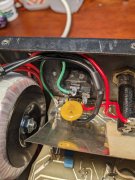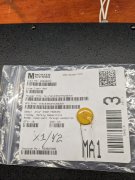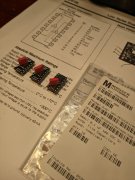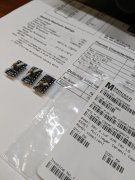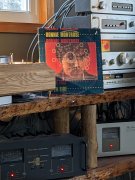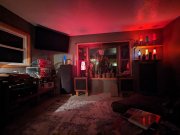Got lowest noise with a X cap between Line and Neutral. A Y cap from Line to star ground screw raised noise slightly so removed it. Green wire added from IEC ground lug to star ground screw made no difference in noise, so left it installed.
Getting the paint out from under the transformer retaining bolt lowered noise. Trimmed the original shield away from the transformer bolt where it was touching and lowered noise some.
Burn't out working on it for now. Going to put it back in system, listen to some music.
Getting good time in using the QA400. Some of the tests aren't automated, more to learn, more reading.
Getting the paint out from under the transformer retaining bolt lowered noise. Trimmed the original shield away from the transformer bolt where it was touching and lowered noise some.
Burn't out working on it for now. Going to put it back in system, listen to some music.
Getting good time in using the QA400. Some of the tests aren't automated, more to learn, more reading.
Attachments
Last edited:

